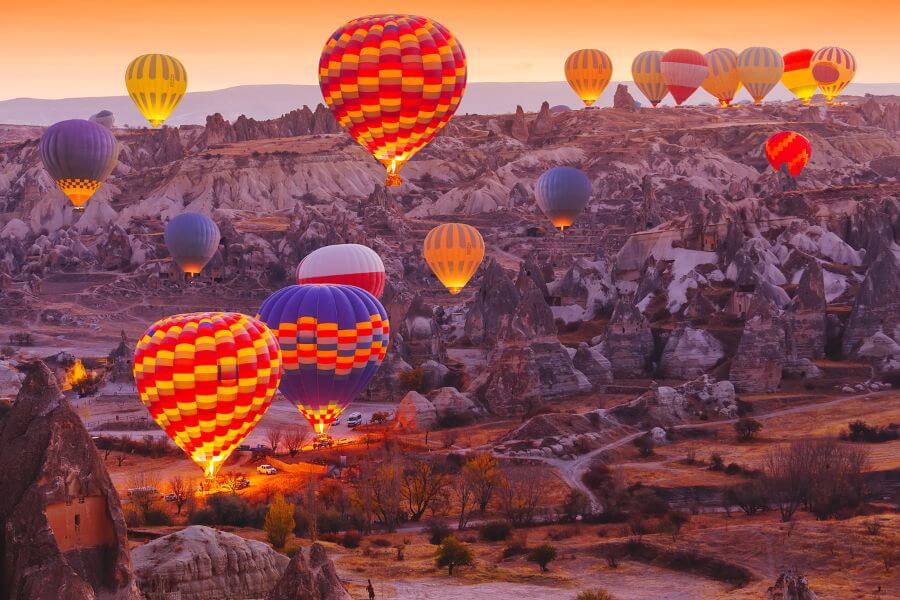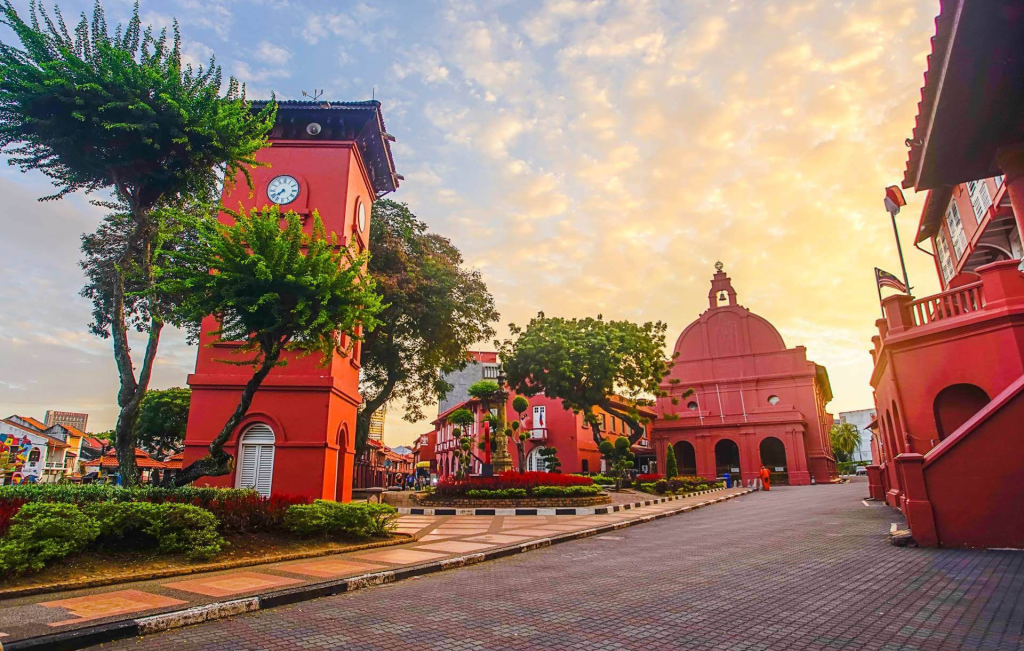Perched majestically on Bali’s Bukit Peninsula, GWK (Garuda Wisnu Kencana) stands as a towering testament to Indonesia’s rich cultural and artistic heritage. This iconic cultural park is home to the awe-inspiring statue of Lord Vishnu riding the mythical bird Garuda, a masterpiece that embodies the spiritual essence and artistic ingenuity of the island. As one of Bali’s most renowned landmarks, GWK invites visitors to immerse themselves in the beauty and diversity of Indonesian culture through its breathtaking sculptures, vibrant performances, and immersive cultural experiences.
Surrounded by lush tropical landscapes and overlooking the azure waters of the Indian Ocean, GWK (Garuda Wisnu Kencana) is not just a cultural park but a spiritual and artistic sanctuary. The sprawling grounds of GWK span over 60 hectares and are home to not only the iconic statue of Garuda Wisnu Kencana but also a plethora of cultural performances, art exhibitions, and traditional markets. This cultural hub is a celebration of Indonesia’s rich heritage, offering visitors a glimpse into the country’s vibrant culture and artistic traditions.
GWK (Garuda Wisnu Kencana) : The Bali’s Cultural and Artistic Marvel

Nestled in the heart of Bali’s cultural landscape, GWK (Garuda Wisnu Kencana) stands as a towering symbol of Indonesia’s rich heritage and artistic prowess. This majestic cultural park, located in the Bukit Peninsula, is home to the iconic statue of Lord Vishnu riding the mythical bird Garuda, a masterpiece that embodies the island’s spiritual essence and artistic ingenuity.
History and Significance
The idea for GWK was conceived in the 1990s as a tribute to the Hindu god Vishnu and the mythical Garuda, a symbol of Indonesia’s national identity. The monumental statue, designed by renowned Balinese artist I Nyoman Nuarta, was envisioned as a beacon of cultural pride and a testament to Indonesia’s diverse cultural heritage.
The Statue of Garuda Wisnu Kencana
The centerpiece of GWK is the awe-inspiring statue of Garuda Wisnu Kencana, standing at a height of 121 meters (397 feet) tall. This colossal statue depicts Lord Vishnu riding Garuda, with each figure intricately carved and adorned with symbolic elements. The statue is not only a remarkable feat of engineering but also a masterpiece of Balinese artistry, showcasing the island’s rich cultural heritage.

Cultural Park and Attractions
Beyond the iconic statue, GWK offers visitors a glimpse into Bali’s vibrant culture through its array of attractions and activities. The cultural park features traditional dance performances, art exhibitions, and cultural workshops, providing a deeper insight into Balinese art, music, and dance.
Also read: 10 Best Reasons to Visit Bukit Lawang for Your Next Trip
The Lotus Pond and Amphitheater
One of the highlights of GWK is the Lotus Pond, a serene oasis surrounded by lush gardens and water features. The pond serves as a venue for cultural performances and events, including the renowned Kecak dance, which is performed against the backdrop of the setting sun.
Cultural Performances and Events
GWK regularly hosts cultural performances and events that showcase Bali’s rich artistic traditions. From traditional dance performances to contemporary art exhibitions, the park offers a dynamic and immersive cultural experience for visitors.
How to Get to GWK (Garuda Wisnu Kencana) in Bali

GWK (Garuda Wisnu Kencana) Cultural Park is a must-visit destination for those exploring Bali’s cultural and artistic heritage. Located in the Bukit Peninsula, GWK is easily accessible from various parts of Bali. Here’s how you can get to GWK:
By Car or Taxi:
The most convenient way to get to GWK is by car or taxi. From popular tourist areas like Kuta, Seminyak, or Ubud, you can hire a car or taxi for a day trip to GWK. The journey takes around 30 minutes to an hour, depending on traffic conditions.
By Motorbike or Scooter:
For those looking for a more adventurous option, renting a motorbike or scooter is a great way to get to GWK. The roads in Bali are generally well-maintained, and the journey offers scenic views of the island’s countryside.
By Shuttle Service:
Many hotels and tour operators in Bali offer shuttle services to GWK. Check with your accommodation or tour provider to see if they offer shuttle services to the cultural park.
By Public Transport:
Public transport options to GWK are limited, but you can take a public bus (known as a bemo) to the nearby town of Jimbaran and then take a taxi or ojek (motorcycle taxi) to GWK.
By Tour Package:
Another popular option is to book a tour package that includes transportation to and from GWK. This option is convenient and often includes other attractions and activities in Bali.
Also read: 7 Places to Watch Kecak Dance in Bali
Tips for Visiting GWK
- Plan your visit in advance to make the most of your time at GWK. Check the park’s opening hours and schedule of events.
- Wear comfortable clothing and footwear, as you may be walking or standing for long periods.
- Bring sunscreen, a hat, and plenty of water, as Bali’s tropical climate can be hot and humid.
- Don’t forget your camera to capture the stunning views and cultural performances at GWK.
Visiting GWK is a memorable experience that offers a glimpse into Bali’s rich cultural heritage. Whether you’re exploring the iconic statue of Garuda Wisnu Kencana or enjoying a traditional dance performance, getting to GWK is the first step to experiencing the beauty and diversity of Bali’s cultural landscape.
Conclusion
GWK (Garuda Wisnu Kencana) stands as a testament to Bali’s rich cultural heritage and artistic legacy. As a symbol of Indonesia’s national identity and spiritual beliefs, the statue of Garuda Wisnu Kencana embodies the island’s vibrant culture and artistic prowess. Whether you’re exploring the cultural park, witnessing a traditional dance performance, or marveling at the iconic statue, GWK offers a truly unforgettable experience that celebrates the beauty and diversity of Bali’s cultural landscape.

Alfath Dewantara (Alde) is a passionate advocate for Bukit Lawang and Indonesian travel. As a manager of Jungle Inn & Restaurant, Alde is dedicated to providing guests with an unforgettable experience.






